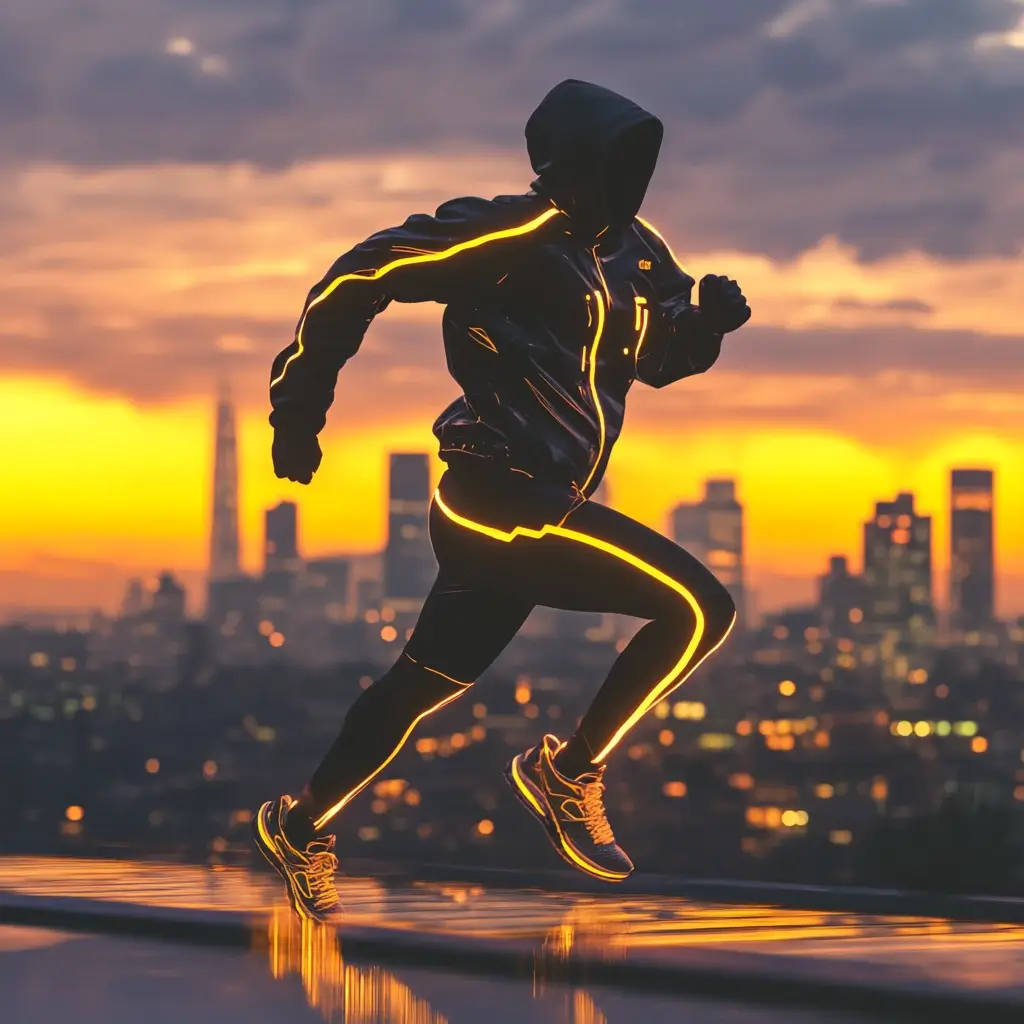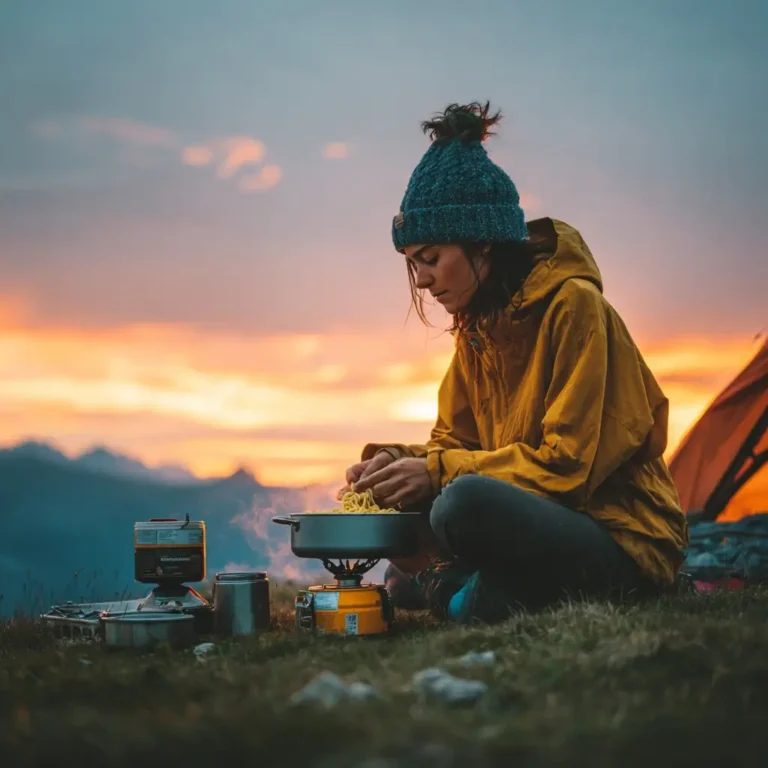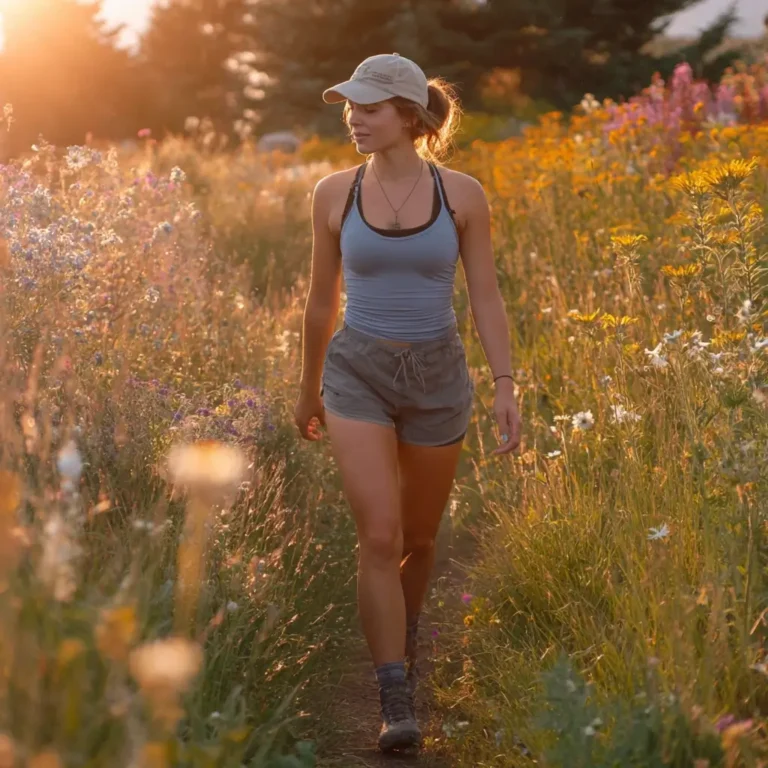Running is about freedom, energy, and pushing your limits. But let’s be honest—nothing throws off a good run faster than uncomfortable clothing or the wrong shoes. A thoughtfully chosen running outfit helps prevent chafing, regulates your body temperature, and boosts confidence. Whether you’re hitting the pavement, treadmill, or trail, the right outfit will support you every step of the way.
- Tops for Running Outfit Comfort & Performance 👕
- The Best Bottoms for Every Season 🌿
- Choosing the Right Sports Bra 🩼
- Footwear: The Foundation of Every Great Run 🦶
- Socks Matter More Than You Think ❌👟
- Accessories That Elevate Your Run ⏰️
- Our Favorite Running Outfit Combos 🚀
- Our Experience with Running Outfits 👟👕
- FAQ – Running Outfit
Tops for Running Outfit Comfort & Performance 👕
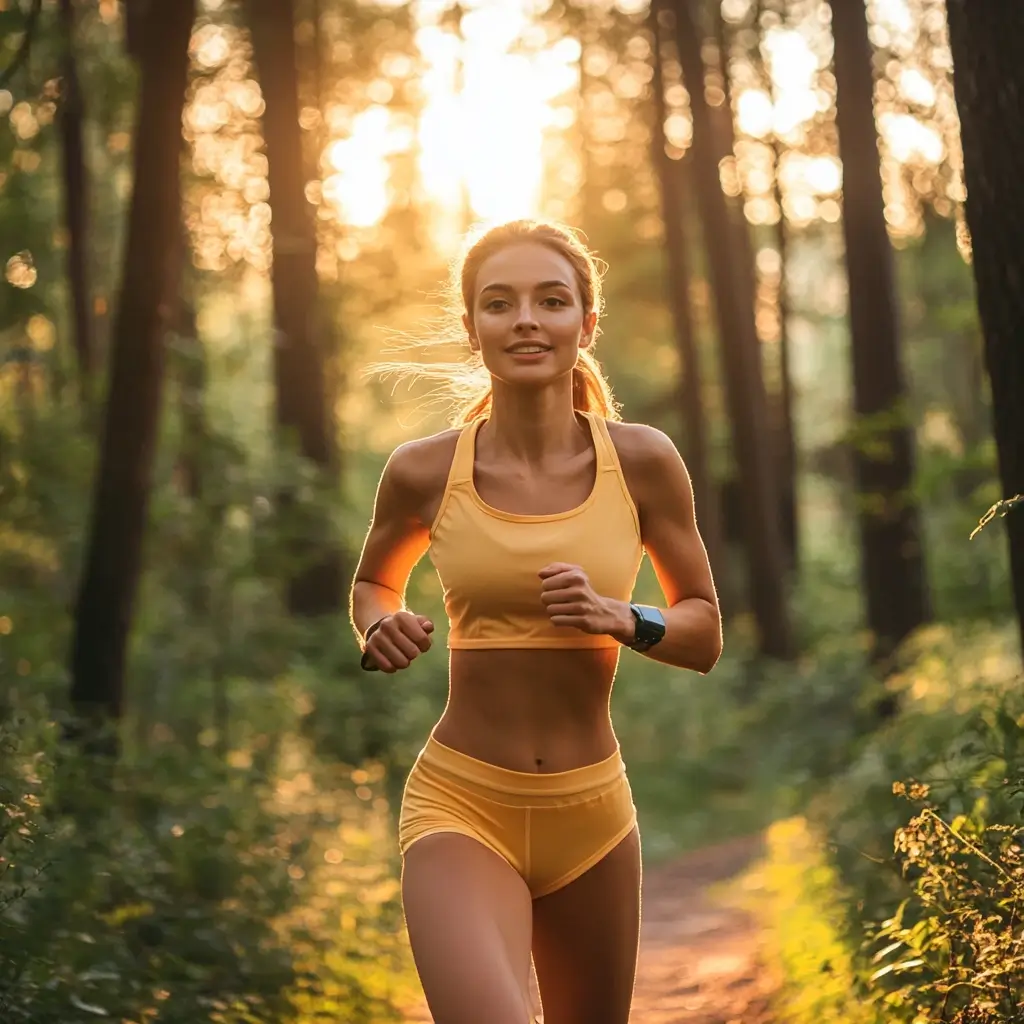
The key to choosing a running top is breathability and moisture-wicking fabric. Look for materials like polyester blends, mesh panels, and seamless construction. Tank tops are perfect for hot days, while long-sleeves with thumbholes shine in cooler weather.
The number one rule? Prioritize breathability and moisture-wicking. That means avoiding cotton at all costs. Cotton traps sweat, leading to uncomfortable dampness, chafing, and even chills in cooler temps. Instead, opt for synthetic blends like polyester, nylon, or technical fabrics designed specifically for performance. These materials are engineered to pull moisture away from your skin and dry quickly, helping regulate your body temperature.
🔥 For hot weather, sleeveless tanks, racerback styles, or short-sleeve performance tees with mesh ventilation zonesare ideal. Look for odor-resistant treatments, flatlock seams (to avoid rubbing), and lightweight designs that don’t cling to your skin.
❄️ In cooler temperatures, long-sleeve tops with thumbholes, mock necks, and slightly brushed interiors offer warmth without overheating. Many runners also appreciate half-zips that allow airflow control during early morning or transitional weather runs.
✨ Amazon Tip: Check out lightweight performance tees like the Under Armour Tech Twist T-Shirt
The Best Bottoms for Every Season 🌿
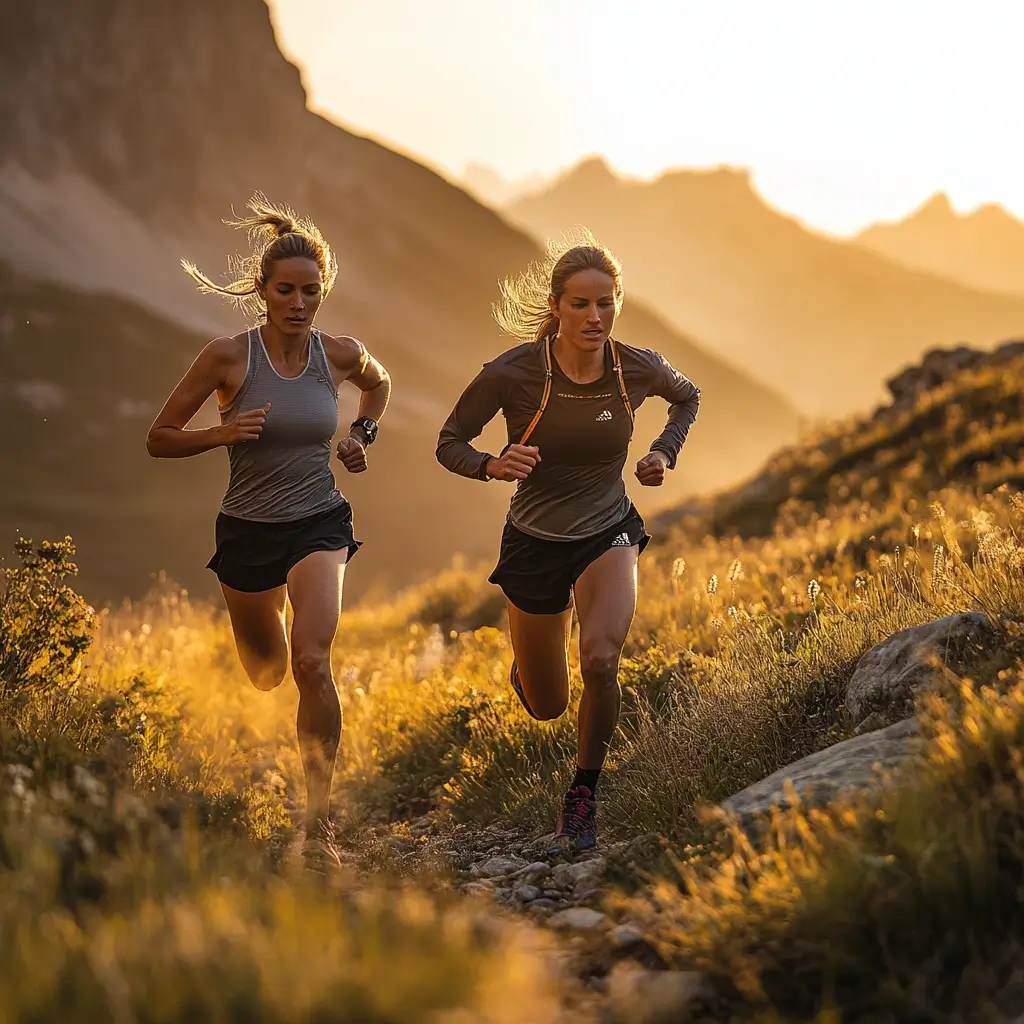
Let’s talk about one of the most underrated parts of any running outfit—your bottoms. Whether you’re sprinting under the blazing summer sun or logging miles on a frosty winter morning, choosing the right pair of running shorts, leggings, or joggers is key to your comfort and performance. 💨🩳👖
☀️ Summer Favorites: Lightweight Running Shorts
In hot and humid weather, running shorts with built-in liners are a total game-changer. These liners provide support and help eliminate the need for additional undergarments, reducing bulk and minimizing chafing. Look for shorts made from lightweight, quick-dry materials like polyester or recycled performance fabrics. Split-hem styles or those with side vents allow for unrestricted leg movement—perfect for speed workouts or long runs in the heat.
💡 Extra tip: Shorts with inner drawstrings, zippered pockets, or even a phone pouch at the waistband can elevate your comfort and utility on the go.
🍂 Fall & Spring: Joggers and Capris
When the temperature starts to dip but hasn’t yet hit winter levels, joggers or capri-length leggings are the sweet spot. Joggers give you that cozy, relaxed feel while still offering enough mobility for a good run. Modern performance joggers are moisture-wicking, breathable, and often have tapered legs with ankle cuffs that prevent flapping fabric.
Capris, on the other hand, strike a great balance between ventilation and coverage. They’re ideal for runners who want to avoid full leggings but need more protection than shorts offer.
🏃♀️ Fit & Features to Look For All Year
Regardless of season, here are a few features that every great pair of running bottoms should include:
- Pockets: Side or back pockets are perfect for stashing your phone, key, or gels.
- Flat seams: Prevent chafing and discomfort on longer runs.
- Breathability: Mesh panels or moisture-wicking material keep sweat under control.
- Elastic waistbands: Provide a snug but comfortable fit.
💡 Style Note: Choose colors and prints that energize you—because confidence is part of the performance game!
✨ Amazon Tip: We love the BALEAF High Waist Running Leggings for chilly morning runs.
Choosing the Right Sports Bra 🩼

Let’s be real—when it comes to running, your sports bra isn’t just a piece of clothing, it’s essential gear. For female runners, a high-impact, moisture-wicking sports bra can make the difference between an empowering run and a painfully distracting one. 🏃♀️💪
Why Support Matters
Running puts your body through repetitive high-impact motion, and without proper support, it can lead to discomfort, pain, and even long-term tissue damage. That’s why it’s crucial to choose a sports bra designed specifically for high-impact activities like running. These bras reduce bounce, minimize strain, and keep everything in place—so you can focus on crushing your miles.
Key Features to Look For
Here’s what to prioritize when shopping for the perfect sports bra for running:
- Adjustable Straps: Straps that can be tightened or loosened allow for a customized fit and prevent digging into your shoulders.
- Encapsulation and Compression: Encapsulation bras have individual cups for each breast, while compression bras press your chest against your body. For running, a combo of both usually offers the best support.
- Snug Underband: The band should lie flat, not ride up or dig in. It should be firm enough to stay put but still allow comfortable breathing.
- Padded or Molded Cups: These provide shape, additional support, and help wick sweat more effectively than thin fabric.
- Moisture-Wicking Fabrics: Look for materials like nylon, polyester, and spandex blends that draw sweat away from your skin and dry quickly.
- No-Chafe Design: Seamless construction or flatlock seams help prevent painful rubbing during long runs.
Fit Is Everything
Don’t just go by your usual bra size—try it on and do a quick jump test or jog in place. If you feel secure, supported, and comfortable, you’re on the right track. A good running bra should feel like a second skin—not too tight, not too loose.
And don’t forget: sports bras have a lifespan. Over time, the elastic breaks down, and the support fades. If you’re a regular runner, it’s smart to replace your sports bras every 6 to 12 months, depending on how often you wear them and how you wash them.
Pro Tip 💡
Own at least 2–3 great sports bras so you’re never tempted to go out with a worn or sweaty one. Your future self will thank you—especially on back-to-back run days!
✨ Amazon Tip: The Nike Swoosh Sports Bra is a crowd favorite for good reason!
Footwear: The Foundation of Every Great Run 🦶
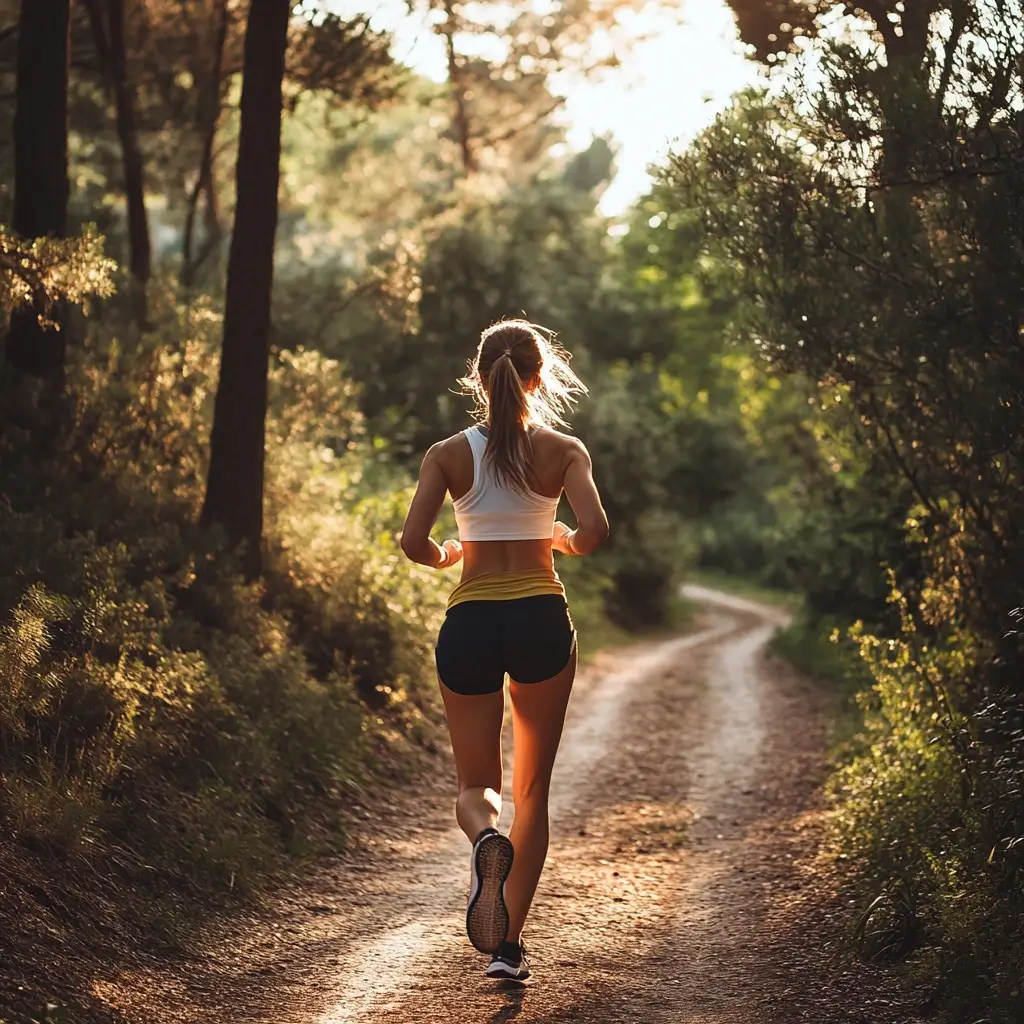
When it comes to running, your shoes are everything. They’re not just part of your outfit—they are the foundation of your performance, comfort, and injury prevention. Whether you’re jogging through your neighborhood or training for a marathon, the right pair of running shoes can make or break your experience. 👟✨
How to Choose the Right Running Shoe
There’s no one-size-fits-all shoe. Here’s what to consider when choosing your perfect pair:
- Your Gait (Pronation Type): Some runners overpronate (feet roll inward), others underpronate (feet roll outward), and some are neutral. A gait analysis, available at many specialty running stores, helps determine which type of support your feet need.
- Foot Shape & Arch Height: If you have flat feet, high arches, or anything in between, it affects how your foot lands. Look for shoes that match your arch type and provide appropriate support and stability.
- Terrain: Are you a road runner, trail runner, or treadmill enthusiast? Road shoes are lightweight and flexible with cushioning for pavement. Trail shoes have grippier soles and protective features for uneven ground. Hybrid shoes are great if you switch it up.
- Cushioning & Responsiveness: Some runners prefer plush cushioning, while others want a snappy, responsive feel. Think about what gives you the most energy return and comfort during your stride.
- Fit & Size: A good running shoe should feel secure in the heel and midfoot, with room in the toe box for swelling. Aim for about a thumb’s width between your toes and the end of the shoe.
Break Them In (But Not Too Much!)
Always test your shoes with shorter runs before taking them on longer distances. This allows your feet to adjust and avoids surprises mid-run. However, modern shoes usually require less break-in time than older models.
When to Replace Your Running Shoes
Even the best shoes don’t last forever. Most running shoes are good for 300 to 500 miles, depending on the brand and your running style. If you notice signs of wear like flattened tread, reduced cushioning, or increased aches, it’s time to retire them.
Pro Tip 🧠
Rotate between two pairs of running shoes if you run frequently. This allows each pair to decompress between runs, extending their lifespan and helping reduce overuse injuries.
✨ Amazon Tip: The ASICS Gel-Nimbus series is beloved by long-distance runners for its support and bounce.
Socks Matter More Than You Think ❌👟
We’ve all made the mistake—heading out for a run in basic cotton socks. And if you’ve done it once, you know why cotton is the enemy. It holds onto moisture, causes friction, and practically guarantees blisters. Your socks are the unsung heroes of your running outfit, and they deserve way more credit. 🧦💨
What Makes a Great Running Sock?
The perfect pair of running socks should be like a second skin: supportive, breathable, and barely noticeable. Here’s what to look for:
- Moisture-Wicking Material: Go for synthetic blends like nylon, polyester, or high-quality merino wool. These fabrics pull sweat away from your feet, keeping them dry and comfortable even during long runs.
- Cushioning & Support: Look for light padding in high-impact areas—especially the heel and ball of your foot. This reduces pressure and helps absorb shock with every stride.
- Snug Fit: A good sock shouldn’t bunch up, slide down, or cut off circulation. You want a secure fit that stays in place without squeezing too tightly.
- Seamless Design: No one likes toe blisters. Seamless or flat-seamed socks prevent chafing and irritation.
- Height Options: From low-cut to crew-length, the best height depends on your shoes, terrain, and weather. Trail runners might prefer higher socks for protection, while road runners enjoy minimal designs for airflow.
Don’t Skip Quality
Yes, performance socks are pricier than multipack cotton ones—but they last longer, perform better, and save your feet from serious discomfort. Plus, they dry quickly after washing, making them perfect for daily runners.
✨ Amazon Tip: Try Balega Hidden Comfort Socks for cloud-like comfort!
Accessories That Elevate Your Run ⏰️
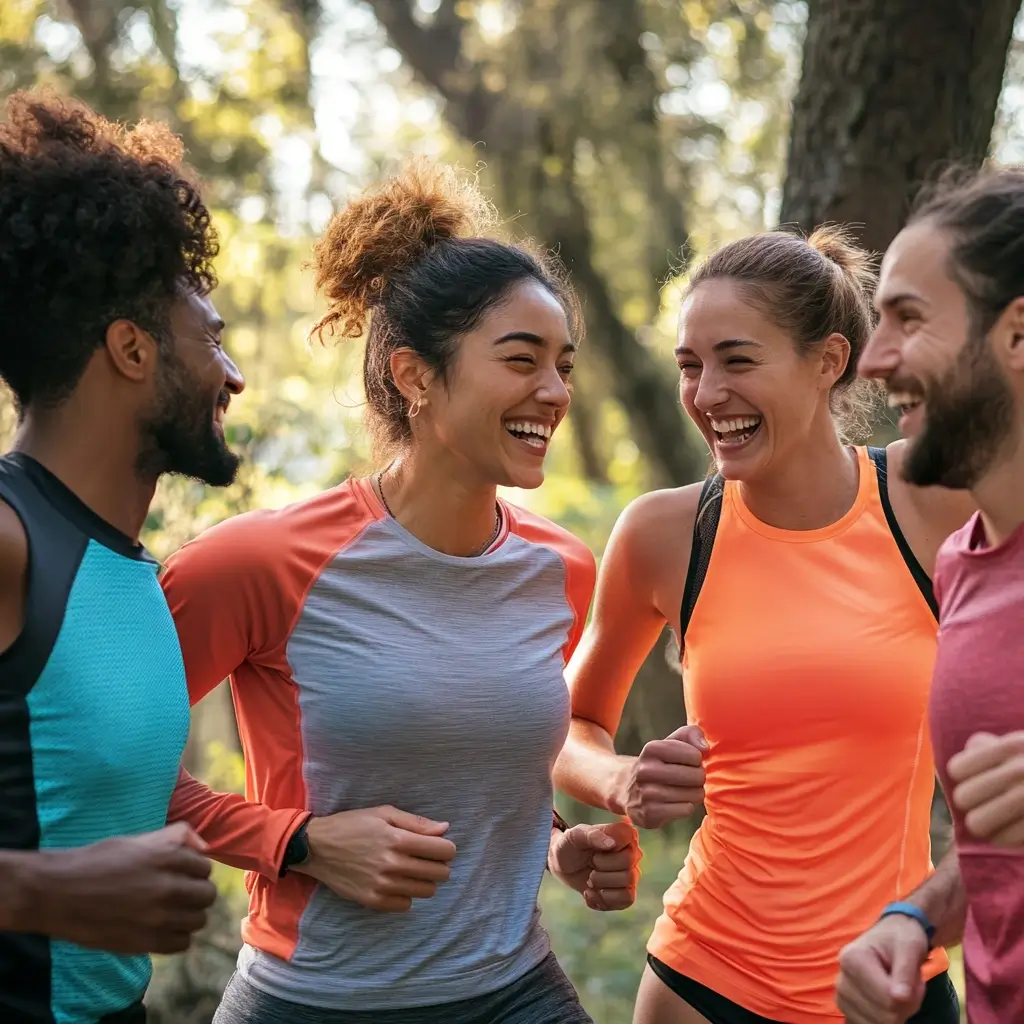
Let’s talk about the unsung heroes of every great running outfit—accessories! 🧢⌚ Whether you’re running for fun, training for a race, or logging daily miles, the right add-ons can make your run safer, more comfortable, and a lot more enjoyable.
- Running Belts & Waist Packs: Need a place for your phone, keys, ID, or a snack? A slim, bounce-free running belt is a game-changer. It keeps your essentials secure without weighing you down or disrupting your stride.
- Reflective Gear: If you’re a sunrise or sunset runner, visibility is everything. Reflective vests, arm/ankle bands, or even reflective threads woven into your clothing help cars and cyclists see you from a distance. Safety first, always!
- Armbands: Not into belts? A secure armband is a great way to carry your phone for music, tracking, or emergency calls. Look for adjustable straps, sweat resistance, and clear screens for easy use mid-run.
- Smartwatches & Fitness Trackers: From heart rate and pace to distance and elevation, a GPS smartwatch gives you real-time data that can help you train smarter. Bonus: some models sync music, allow voice commands, and even offer SOS alerts.
- UV-Protection Sunglasses: Protecting your eyes from harsh sun rays is just as important as shielding your skin. Go for wraparound styles that stay in place, resist fog, and provide 100% UVA/UVB protection.
- Breathable Caps & Visors: Sun protection and sweat control? Yes, please! A lightweight running hat or visor helps keep the sun out of your eyes and the sweat off your face. Mesh panels add breathability on hot days.
- Hydration on the Go: Long-distance or hot-weather runners should always carry water. Whether you prefer a handheld bottle, hydration belt, or a sleek hydration vest, staying hydrated is key to performance and safety.
- Wireless Headphones: Nothing powers us through a tough run like our favorite playlist or podcast. Sweatproof wireless earbuds with a secure fit and long battery life are the perfect running companion.
✨ Amazon Tip: We recommend the SPIbelt Running Belt for stashing your phone and keys.
Our Favorite Running Outfit Combos 🚀
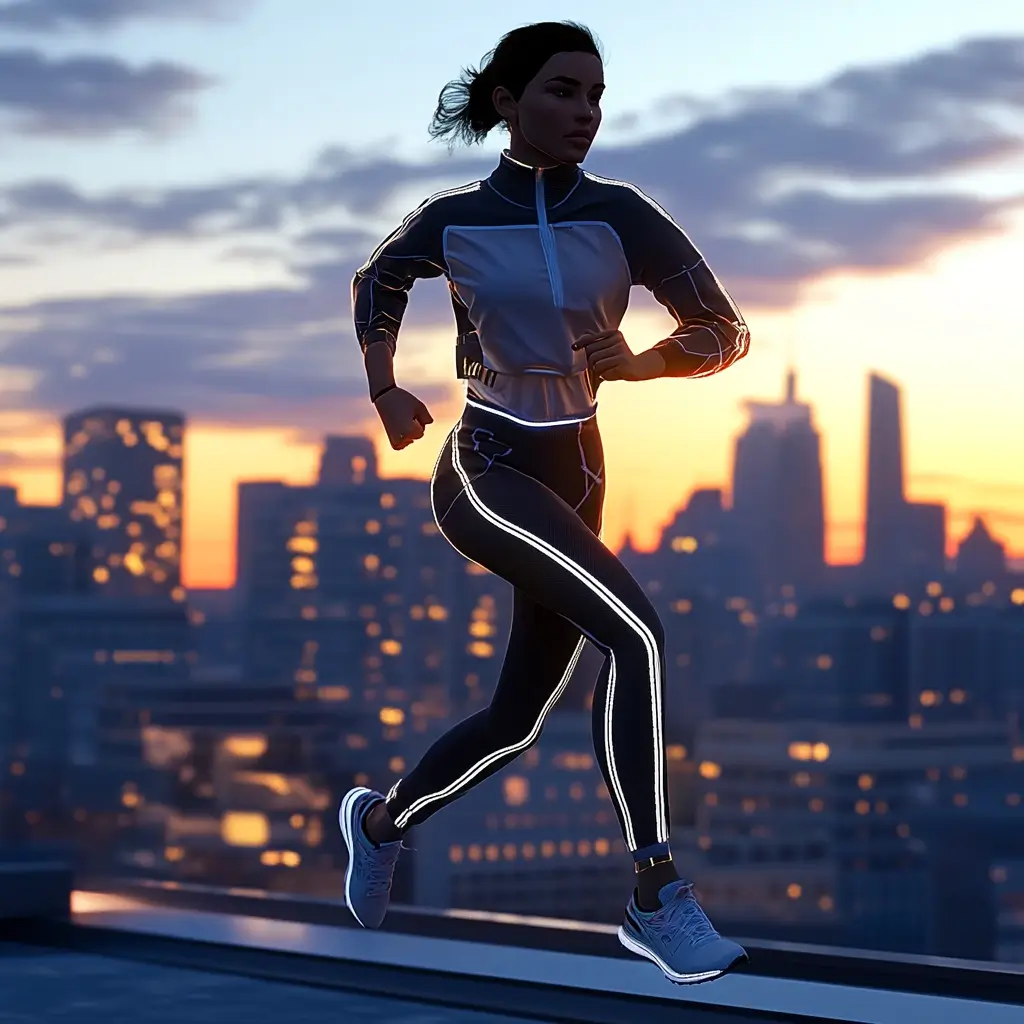
Here are a few of our go-to pairings for different running conditions:
- Sunny 5K: Tank + Split Shorts + Low-cut Socks + Sunglasses
- Trail Run: Long-Sleeve Tech Shirt + Compression Shorts + Trail Shoes
- Rainy Day: Quick-dry Top + 3/4 Leggings + Waterproof Shell
- Freezing Morning: Thermal Base Layer + Full Leggings + Jacket + Gloves
Each combo balances comfort, function, and fun. Add color and your favorite patterns for extra flair!
Our Experience with Running Outfits 👟👕
Over the years, we’ve learned that a great running outfit can truly make or break your run. When we first started jogging around the neighborhood, we threw on whatever old T-shirt and sweatpants we had lying around. Big mistake! Within a mile, we were drenched in sweat, adjusting our clothes constantly, and dealing with painful chafing. That’s when we realized how crucial it is to invest in the right running gear. Once we switched to moisture-wicking tops, supportive sports bras, compression leggings, and cushioned socks—wow, what a difference! 🏃♀️ Our runs instantly felt lighter and more enjoyable. One of us even shaved minutes off our 5K time just by wearing better shoes that fit our gait! We also started adding fun accessories like bright headbands, reflective gear, and stylish running belts that held everything from phones to snacks. Whether it’s a sunrise run or a breezy evening jog, our outfits are now as functional as they are fun. Running has become more than just exercise—it’s a full-on ritual, and getting dressed for it is part of the excitement! 🎽💥
FAQ – Running Outfit
What is the best outfit to wear when running?
The best running outfit combines moisture-wicking, breathable fabrics with weather-appropriate layers. Think performance tops, supportive sports bras, well-fitted leggings or shorts, cushioned running shoes, and accessories like socks and caps. Comfort, movement, and sweat management are key.
Is it better to run in tight or loose clothes?
Tight-fitting clothes like compression leggings or tops reduce chafing and muscle fatigue, making them ideal for long runs. However, loose clothes can feel more breathable and are great for short runs or hot weather—just avoid anything that flaps or rubs.
Should you wear skins when running?
Yes, wearing compression garments (like Skins) can help improve circulation, support muscles, and reduce post-run soreness. They’re especially beneficial for long-distance or recovery runs, though personal preference and comfort should always guide your choice.
Finding your perfect running outfit takes a bit of trial and error, but once you nail it, every run feels smoother and more empowering. The right gear can turn a tough workout into a joyful experience.
If you liked this blog post about the topic running outfit, don’t forget to leave us a comment down below to tell us about your experience with it.
If you’re interested in running outfit, trails, hiking and camping, you might also enjoy our article about Hiking Outfit Summer: Stay Cool & Stylish on the Trails!

